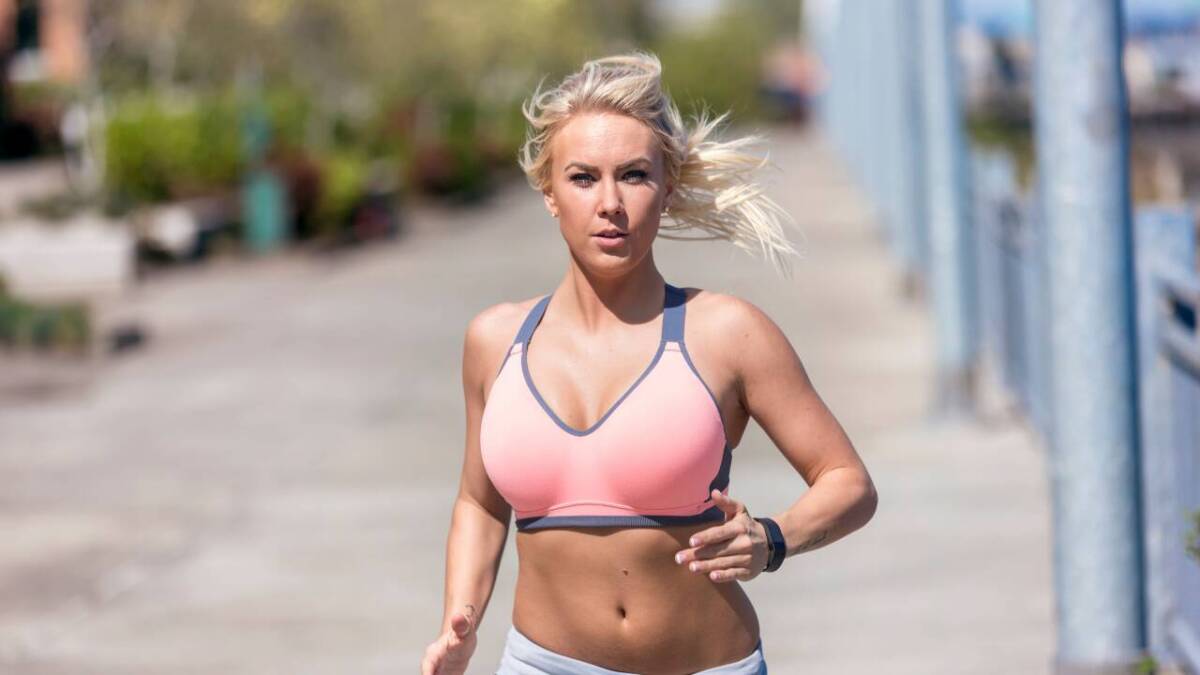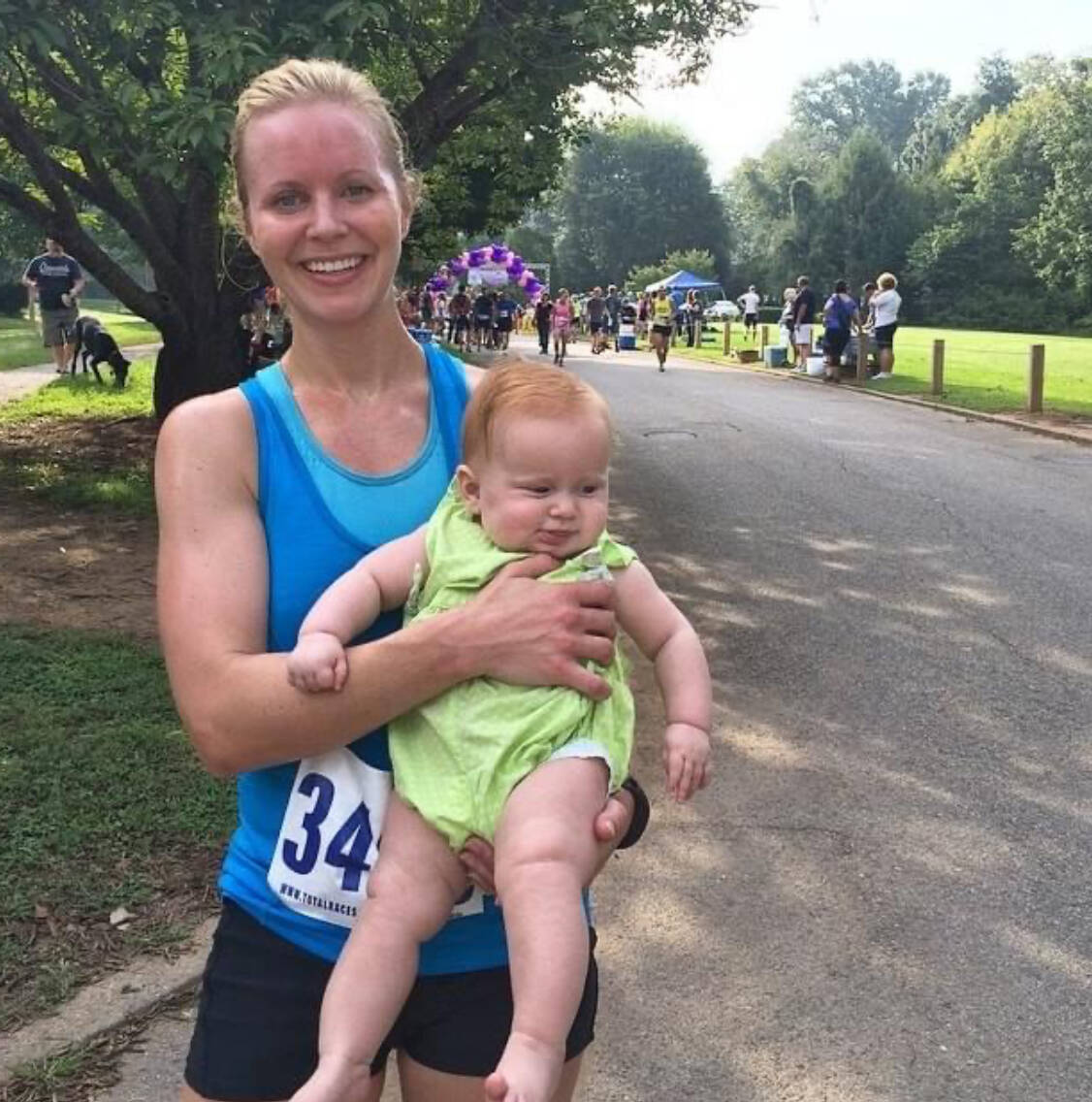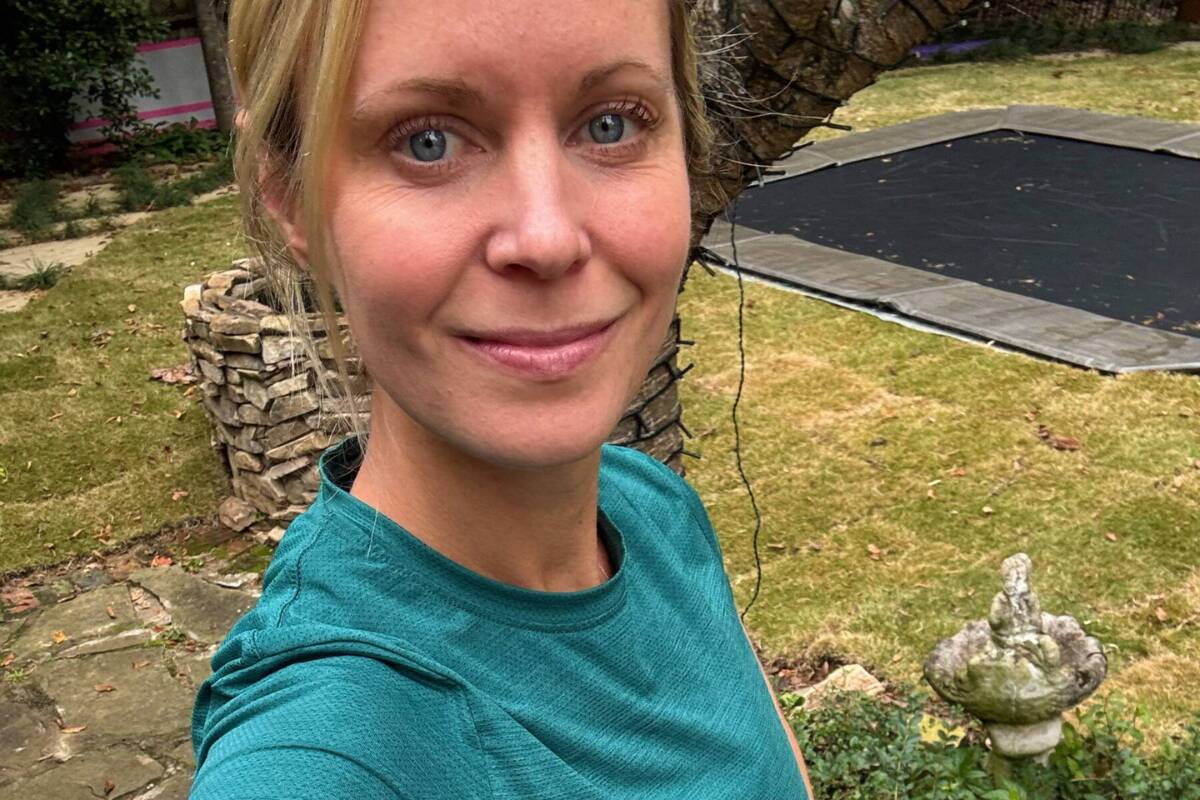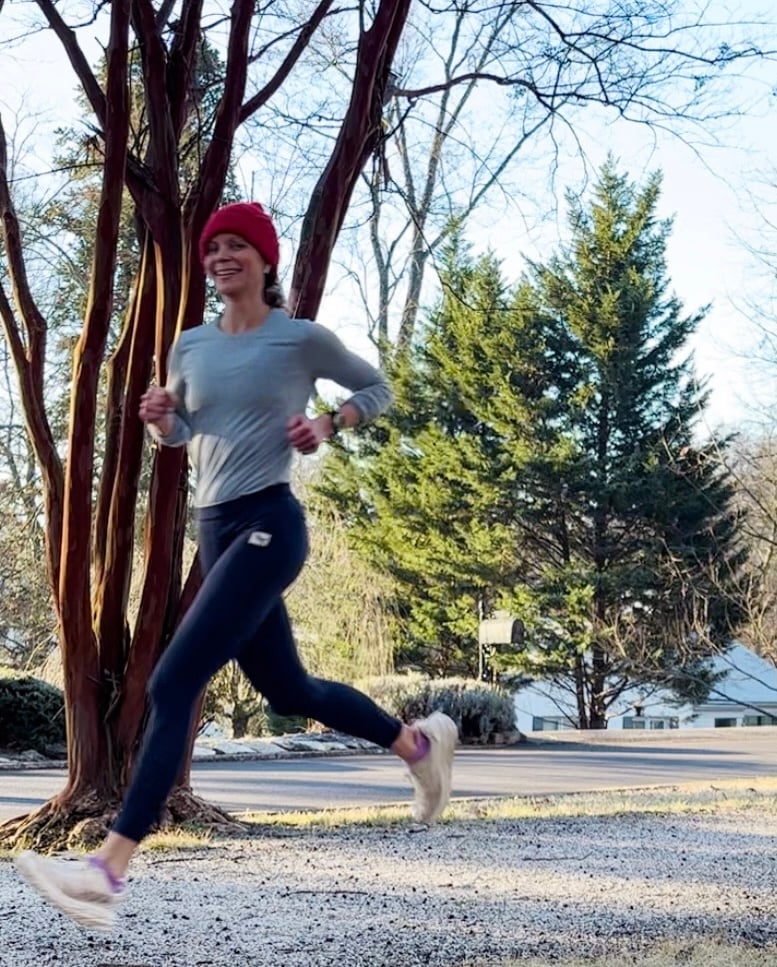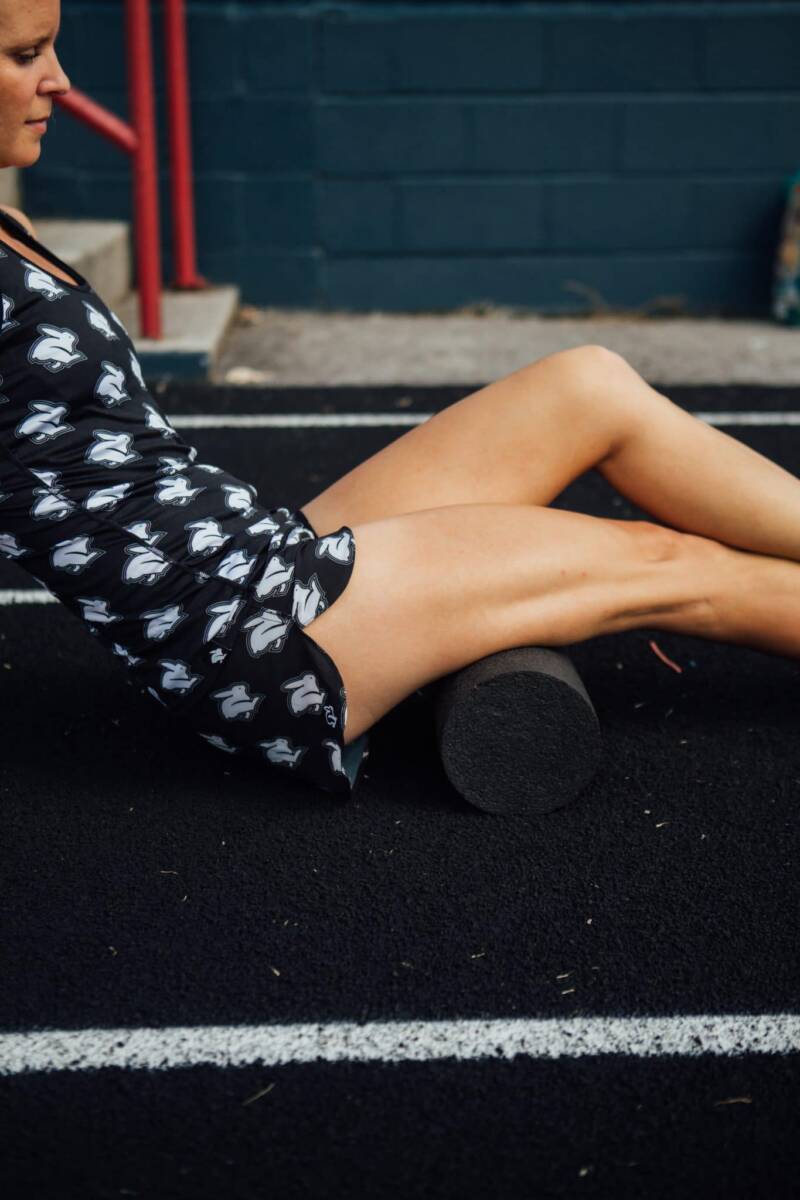5 Minute Mobility Routine for Runners
Mobility exercises in which runners move through a full range of motion for their joints can prevent injury and enhance performance, says exercise physiologist and 2:25 marathoner Todd Buckingham. The below 5-minute mobility routine for runners I crafted with Buckingham readies all major joints for running.

Do runners want to be flexible or mobile? They want to be mobile! Having mobility helps runners run faster and stay injury-free. That’s why I’m sharing a 5-minute mobility routine for runners.
This mobility routine with a range of motion exercises is crafted by me, my running coach, and exercise physiologist and 2:25 marathoner Todd Buckingham.
This 5-minute mobility routine loosens up all your major joints including feet, ankles, knees, hips, and back. It’s helpful to use before any run, including easy base-building runs as part of your warm-up and injury prevention.
Combine this routine will these drills before speed workouts and high-intensity training runs.
Before we get to my mobility routine for runners, let’s learn more about by mobility is important for runners.
Table of contents
- What’s the difference between flexibility and mobility?
- Should runners be flexible?
- Is stretching bad for runners?
- What is mobility?
- Does mobility help with running?
- How often should runners do mobility?
- How many times a week should I do mobility work?
- How long should a mobility routine be?
- 5 Minute Mobility Routine for Runners
Related: 5-minute Warm-up Routine for Runners
Let’s get going!
What’s the difference between flexibility and mobility?
When we think of the term “flexibility” we typically think of “static flexibility”. However, flexibility has another component and that is “dynamic flexibility” also known as mobility, explains Buckingham.
- Static flexibility is a passive stretch, meaning we use gravity or an outside force (such as a bar) to stretch our muscles through the range of motion.
- Dynamic flexibility aka mobility is an active stretch, meaning we contract our muscles to take them through the range of motion. Typically, runners will be able to “stretch” further with dynamic rather than static stretching.
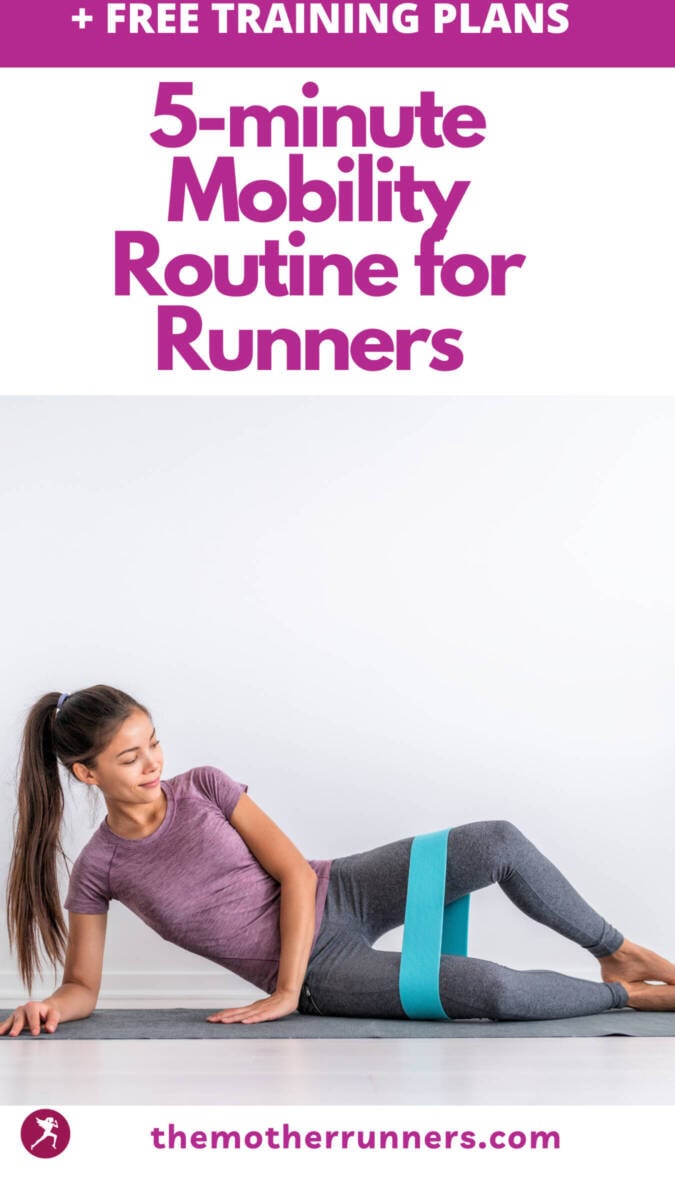
Should runners be flexible?
Runners don’t want to (or need to) have a lot of static flexibility, says Buckingham.
Consider this analogy: Think of the muscles and tendons of the legs like a rubber band. If you have a rubber band that has been stretched out, it loses some of its elasticity. Therefore, when you stretch it, it won’t return to place very quickly.
However, if you have a normal rubber band, when you stretch it, it returns to place very quickly because it still has its elastic properties.
The same thing happens when your foot hits the ground while running. When your foot hits the ground, your muscles and tendons stretch, and then when you push off your foot, the muscles contract and “snap” back into place just like a rubber band would.
Related: 8 Speed Drills for Runners
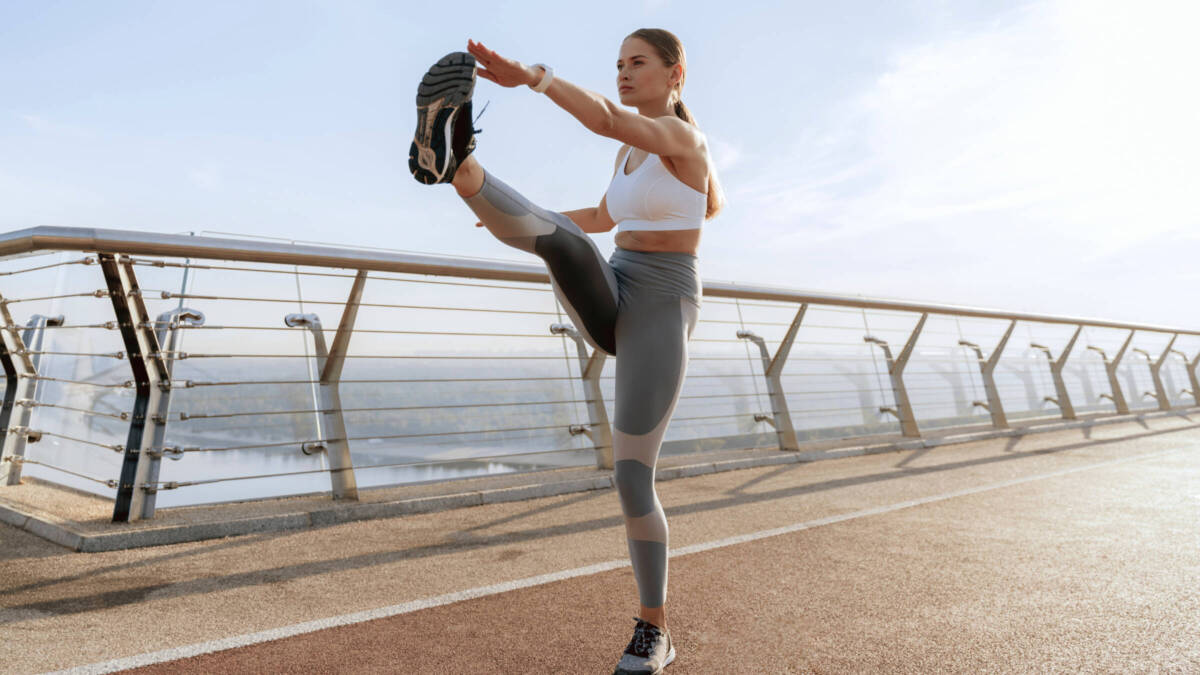
Is stretching bad for runners?
Yes, being too flexible can be bad for runners, notes Buckingham.
Static stretching has been shown to be detrimental in running performance meaning that times or slower when people static stretch versus no stretching at all or dynamic stretching.
Furthermore, static stretching does not reduce the risk of injury like we once thought.
In contrast, dynamic stretching (range of motion exercises) is beneficial for runners. It is movement-based stretching, in contrast to static stretching, in which you hold positions. Dynamic stretching warms up muscles and primes them for your run.
Related: Why You Should Stop Stretching
What is mobility?
Mobility is the ability to move a joint through its full range of motion with control. Mobility exercises can help runners increase range of motion and prevent injury.
Does mobility help with running?
Mobility is particularly important because it allows the runner to take the joint through its full range of motion prior to exercise or competition, says Buckingham. This readies them for performance and reduces risk of injury.
Specifically, mobility for runners has several beneficial effects including:
- Faster muscle contraction
- Improvements in muscle strength and power
- Increase blood flow to the active muscles
- Increased joint fluid viscosity (i.e., your joints aren’t as stiff)
How often should runners do mobility?
Ideally, runners will do this 5-minute mobility routine for runners before every run to prevent injury and ready them for their run. You can also do this routine on your rest day to increase joint mobility.
It is especially important to do this mobility routine before any faster running.
Do this mobility routine, do an easy warm-up for 1-2 miles, then do these running drills before any track, tempo, or speed workout.
How many times a week should I do mobility work?
For optimal joint mobility, aim to take 5 minutes to do this mobility routine, most every day including rest days. If this is not possible, aim to do it at least 3 times a week.
How long should a mobility routine be?
Some mobility routines for runners can be 15-minutes long. This mobility routine for runners is only 5 minutes and effectively loosens up and activates all your major joints.
5 Minute Mobility Routine for Runners
Alright, a little less talking and a little more action! Here is my 5-minute mobility routine for runners. This routine is adapting from my routine from my coach Knoxville Endurance, my physical therapist and doctors, and Buckingham.
These range of motion exercises include dynamic stretching which improves mobility in runners by waking up the major joint locations in our feet, ankles, knees, hips, and back.
Watch a video of my 5-minute mobility routine for runners!
Back mobility exercises sequence:
Cobra pushup: Lie on your stomach with your forearms under your shoulders and hands flat on the ground. Gently push your chest up, keeping your stomach on the ground. Hold for 1-2 seconds. Lower down. Repeat five times.
Down dog: Then lift your hips so you’re in an upside V formation with your head hanging between your shoulders. Hold for 10 seconds. Then alternate bending each knee to give the backs on your legs a more intense stretch. Feel free to lower your hips and push into a plank and then back up to loosen up your back.
Eagle: Lower and lie on your back with your legs straight in front of you. Lift one leg straight up and gross it over your body. Feel the stretch in your glutes. Do the same on the other side. Repat 5 times on each side.
Related: How to Be Faster as a Masters Runner
Hip mobility exercises sequence:
Clamshell: Then flip onto your side with your knees bent in front of you and your big toes touching. Open your knees wide, feeling the pinch in your glute. Lower and repeat 10 times. Flip and do the same on the other side.
Fire hydrant: Rotate so that you are kneeling on all fours. Lift up one bent leg up like you are a dog peeing on a fire hydrant. Lower. Repeat 5 times on each side.
Kneeling hurdles: With your leg in the same position, circle your knee in either direction five times each. Do it on the other leg.
Air squats: Stand up and lower your bottom like you are going to sit in a chair. Stop when your bottom is parallel to the floor. Raise back up. Repeat 5 times.

Lunges: Put one foot in front and the other behind so that you are in a split squat. Lower straight down until your bottom is parallel to the floor. Repeat 5 times. Alternate legs and repeat on the other side.
Hip flexor stretch with reach: Now place knees on the ground, one in front of the other, like a kneeling lunge. Push your hips forward. Raise your arms above your head and lean from side to side. Repeat 5 times each side.
Leg mobility exercises sequence:
Side leg swings: Get in a standing position near a wall. Standing in front of the wall with your hands bracing yourself, swing one straight leg across your body. Repeat 5 times and do on the other way.
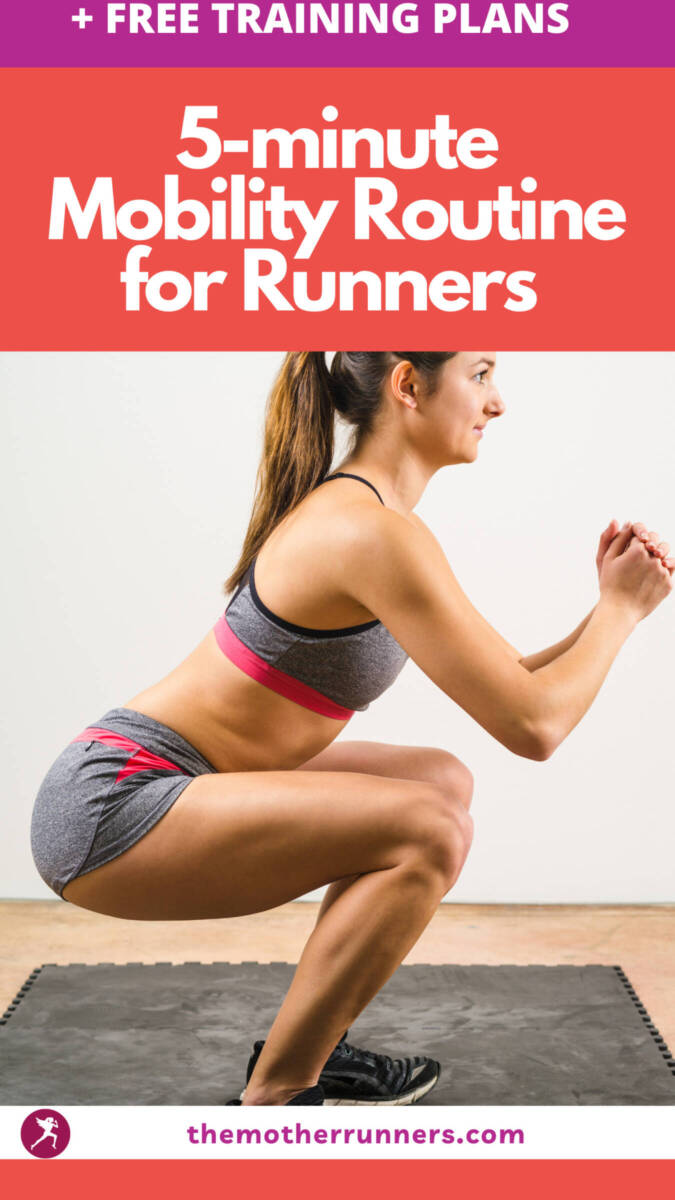
Front leg swings: Now turn sideways so that your shoulder is next to the wall, and you can put one hand on it to support yourself. Swing one straight leg in front and behind your body. Repeat 5 times. Do on the other side. Then repeat with a slightly bent leg.
Flamingo: Step away from the wall. Get into a quad stretch where you bend your leg and hold your foot behind you next to your glute. Pull and then lower to touch your toe with your other hand. Repeat 5 times and do on the other side.
Hamstring stretch: Return to standing. Turn your toes facing inward so they touch in the shape of a V. Touch your toes. Then turn them facing out in a reverse V position. Touch your toes. Repeat for a total of 10 times.
Knee, ankle, and toe mobility exercises sequence:
Knee circles: Return to standing. Squat down a little and circle your knees to one side five times. Repeat on the other side.
Ankle stretch: From standing, gently push one knee forward so that your shin is at an angle. Repeat 5 times then do the other leg. Feel free to circle your feet to increase blood flow and the range of motion of your ankles.
Toe yoga: In a standing or sitting position, lift your big toe while keeping the others pushed to the ground. Alternate. Do this 30 times on each foot. It takes practice and concentration but stick with it!

